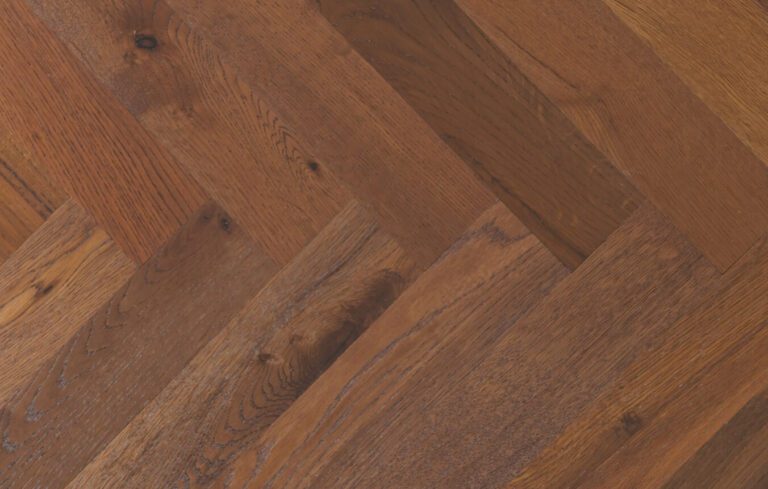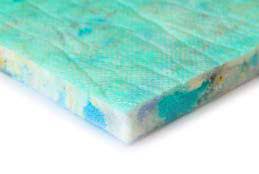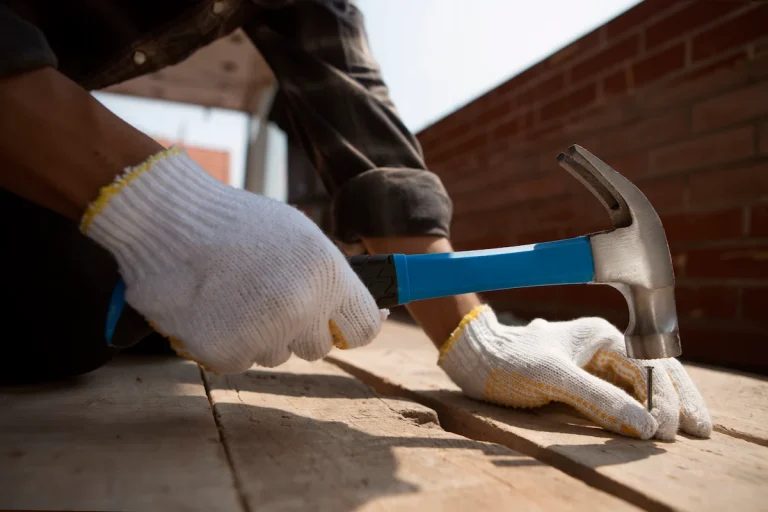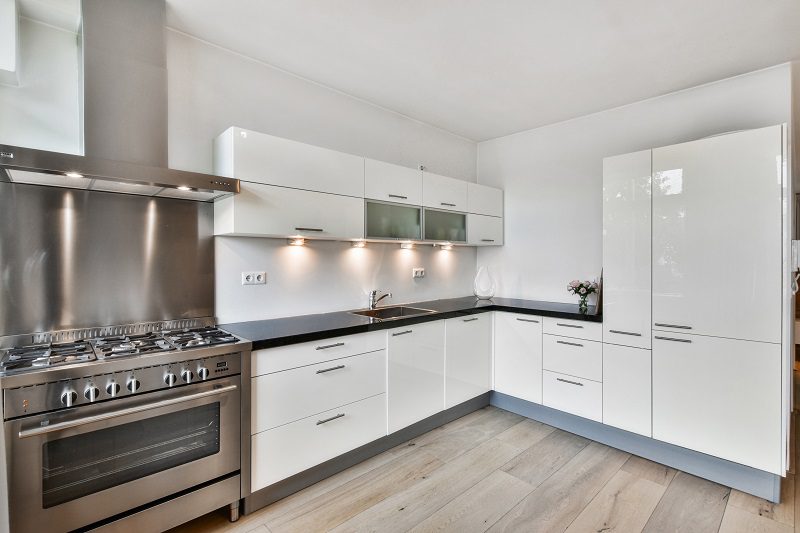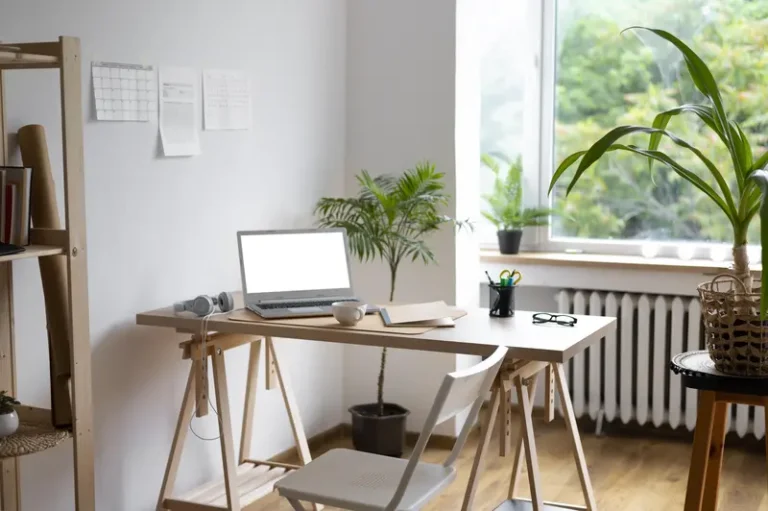Luxury vinyl tile (LVT) has emerged as a favoured option for homeowners seeking to enhance their living spaces with both stylish and durable flooring solutions. The versatility and extensive range of designs available in LVT allow it to effectively mimic the appearance of natural materials while providing practical advantages.
This guide examines how to choose luxury vinyl tile laying pattern. Furthermore, it presents an analysis of the advantages and disadvantages associated with each style, enabling homeowners to make an informed decision that will enhance both the aesthetic appeal and functionality of their residences.
The Different LVT Laying Patterns
The vinyl tile flooring patterns can profoundly influence the visual aesthetics of a space, presenting a diverse range of options that cater to various design preferences and considerations.
From traditional styles, such as herringbone and basket weave patterns, to contemporary arrangements like diagonal and staggered patterns, each installation method can yield distinct visual effects within any room.
Selecting the appropriate pattern necessitates careful consideration of factors such as room dimensions, furniture arrangement, and overarching design objectives, thereby enabling homeowners to tailor their flooring to align with their personal style and preferences.
1. Straight Lay
The straight lay pattern represents the most common and straightforward method for installing luxury vinyl tile (LVT), in which tiles are arranged parallel to one another, resulting in a uniform and classic aesthetic.
This approach is particularly favoured for its simplicity and ease of installation, making it an optimal choice for both DIY enthusiasts and professional floor fitters. This installation technique not only yields a clean and polished appearance but also presents several benefits and considerations that merit attention. For example, the straight lay pattern complements a variety of interior styles, ranging from traditional to contemporary, thereby enabling homeowners to maintain a cohesive aesthetic throughout their living spaces. Additionally, when designing furniture arrangements, this pattern fosters a sense of order, which enhances the overall flow of the room.
Advantages:
- Uniform appearance that enhances visual consistency.
- Easier replacement of individual tiles if damage occurs.
- Facilitates straightforward measurement and layout.
Disadvantages:
- May appear less dynamic in larger spaces.
- Limited creative expression compared to more intricate patterns.
2. Diagonal Lay
The diagonal lay pattern involves positioning tiles at a 45-degree angle to the walls, resulting in a dynamic and visually engaging appearance that can create the illusion of larger spaces. This pattern is particularly effective in adding depth and movement to a room, making it a preferred choice among interior designers aiming to enhance visual impact.
Employing the diagonal lay pattern offers significant advantages beyond mere aesthetics. For instance, it can effectively guide the viewer’s gaze across the room, fostering a sense of flow and continuity that mitigates the visual barriers typically associated with traditional layouts.
Interior designers often value the versatility of this arrangement, as it harmonises with a variety of styles, ranging from modern minimalist to rustic chic. Attention to installation considerations, such as flooring type and room dimensions, can further amplify its benefits. However, meticulous planning is crucial to ensure that the tiles align seamlessly and contribute to an inviting atmosphere.
- Creates an illusion of spaciousness.
- Enhances the overall visual appeal.
- Allows for creative design flexibility.
3. Herringbone Lay
The herringbone pattern represents a classic and timeless flooring option characterised by tiles arranged in a zigzag formation, resembling the skeletal structure of a fish. This distinctive flooring style imparts character and sophistication to any environment, making it a preferred choice for both modern and traditional interiors.
This unique arrangement not only generates a striking visual impact that attracts attention but also provides exceptional versatility. Whether integrated into a stylish urban flat or a charming rustic farmhouse, the allure of the herringbone pattern can significantly enhance the overall aesthetic of a room.
With luxury vinyl tile options designed to replicate the appearance of wood or stone, the herringbone layout emerges as an outstanding choice for complementing various design themes while ensuring durability and ease of maintenance.
Key advantages include:
- Seamless adaptation to different colour schemes
- Availability in various materials, from classic wood to contemporary composites
- Compatibility with both minimalist and ornate décor
As homeowners and designers increasingly seek to blend elegance with functionality, the enduring appeal of this pattern remains evident in contemporary spaces.
4. Basket Weave Lay
The basket weave pattern features tiles arranged in a crisscross configuration, creating a textured, woven appearance that adds depth and interest to flooring. This geometric design not only enhances the visual appeal of a room but also conveys a sense of tradition, making it appropriate for a variety of interior styles.
This captivating design can infuse a unique charm into spaces, enriching the overall aesthetic with its intricate layout. When applied in environments such as kitchens or bathrooms, the basket weave pattern often harmonises effectively with both modern and classic decor, providing versatility across different design themes.
- Visual Appeal: The criss cross arrangement captures light and shadows, resulting in a dynamic look that evolves throughout the day.
- Tradition Meets Modernity: This pattern is steeped in historical significance, yet it can be seamlessly integrated into contemporary settings.
- Practical Considerations: Installation necessitates careful positioning to preserve the uniformity that is crucial for its characteristic appeal.
When selecting colours and materials, one should consider their compatibility not only with the basket weave pattern itself but also with the overall design scheme, ensuring that they complement other elements within the space.
5. Random Lay
The random lay pattern involves the installation of luxury vinyl tiles (LVT) in a non-linear arrangement, facilitating creativity and customisation in flooring designs.
This methodology results in a distinctive aesthetic that can adapt to various environments, rendering it a favoured option for individuals seeking to express their personal style. By embracing this design approach, occupants can achieve a sense of artistic flair and authenticity in their interiors. This pattern particularly excels in open spaces, and its versatility is advantageous when considering the diverse aesthetics of different rooms.
Benefits: The advantages of this approach include a unique visual appeal, the ability to seamlessly blend with multiple design themes—from contemporary to rustic—and a straightforward installation process.
Potential Challenges: Careful consideration is essential, as achieving a harmonious appearance may necessitate meticulous planning and a discerning eye to ensure the overall flow of the pattern.
Ultimately, the random lay pattern has the potential to transform any environment, enabling occupants to articulate their tastes while providing a functional flooring solution.
6. Parquet Lay
The parquet lay pattern consists of small pieces of luxury vinyl tile (LVT) arranged in a geometric design, often reminiscent of traditional wood parquet flooring or other wood flooring styles. This classic style imparts elegance and warmth to a space, making it a preferred choice among homeowners who desire a sophisticated aesthetic. The incorporation of natural motifs and geometric designs enhances its visual appeal.
Historically, this design emerged in the 16th century and gained popularity in grand European palaces and mansions. Skilled artisans meticulously crafted intricate patterns, including abstract designs and floral patterns, that showcased their expertise and attention to detail.
In contemporary settings, the use of the parquet lay pattern has evolved beyond its regal origins, finding relevance in modern interiors that seamlessly blend vintage charm with minimalist design. This modern look is complemented by the durability and customizable patterns available with Luxury Vinyl Tile.
- Its versatility facilitates creative expression through various shapes, including herringbone and chevron patterns.
- Many designers are now opting for eco-friendly materials, ensuring that the aesthetic appeal of this style aligns with sustainable living practices.
This fusion of historical significance and innovative design continues to attract those seeking both durability and visual appeal in their interior environments.
The Factors To Consider When Choosing An LVT Installation Pattern
When selecting an installation pattern for luxury vinyl tile (LVT), it is essential to consider various factors that affect both the functionality and aesthetics of the flooring within the space. These design considerations are crucial for achieving the desired visual appearance.
Key considerations include the dimensions and shape of the room, the arrangement of furniture, the desired visual impact, as well as the size and shape of the tiles. Additionally, the complexity of the installation process should also be taken into account, as all these elements significantly contribute to the overall design process.
1. Room Size and Shape
The dimensions and configuration of a room play a crucial role in determining the appropriate laying pattern for Luxury Vinyl Tile (LVT). In larger spaces, more intricate patterns can often be accommodated, while smaller rooms may benefit from simpler designs. A thorough understanding of the room’s dimensions is essential for selecting a pattern that enhances its visual appeal.
When assessing spatial characteristics, it is important to acknowledge that a room’s dimensions can significantly influence perception. For example, elongated or narrow spaces may benefit from patterns that guide the eye along the length, thereby creating an illusion of depth. In contrast, square rooms provide the opportunity to utilise:
- Bold geometric shapes
- Intricate motifs
These elements can contribute to the overall interest and character of the space. Additionally, the interaction of natural light with the chosen LVT can further enhance visual appeal; brighter patterns can create the impression of a larger area in narrow spaces, while darker tones may introduce warmth to more expansive settings.
Ultimately, achieving a harmonious balance between size, shape, and pattern selection can transform a living area into an inviting and spacious environment, tailored to its distinct features.
2. Furniture Placement
Furniture placement plays a pivotal role in determining the appropriate LVT laying pattern, as certain patterns may either clash with or enhance the overall arrangement of furniture within a room. Selecting a pattern that complements the furniture layout can contribute significantly to a cohesive and harmonious design.
The impact of furniture arrangements on LVT patterns is substantial, encompassing various aspects of aesthetics and functionality within a space. To achieve a balanced appearance, it is essential to consider the line and flow of the room; for instance, diagonal stripes may create a sense of movement when paired with angular furniture, while rectangular layouts could benefit from linear patterns that reflect the existing lines.
- Assess the furniture scale: Larger pieces may necessitate more assertive patterns, like a diagonal pattern or offset pattern, whereas more delicate furniture tends to pair well with subtle designs.
- Create zones: Implementing different LVT patterns in distinct areas can effectively delineate spaces without disrupting visual harmony.
- Consider lighting: Both natural and artificial light can influence the perception of patterns, making it crucial to evaluate the layout under varying lighting conditions, both day and night.
By thoughtfully integrating these strategies, one can ensure that the selected LVT complements the furniture, thereby enhancing the overall ambience of the room.
3. Visual Impact and Aesthetics
The visual impact and overall aesthetics of luxury vinyl tile (LVT) flooring are critical considerations when selecting a laying pattern, as different designs can evoke a range of moods and styles. A thoughtfully chosen pattern can enhance the aesthetic appeal of a space, reflecting the homeowner’s personal style and contributing to a unique flooring experience.
Upon examining the significance of visual impact in flooring design, it becomes clear that the chosen laying pattern can transform a room entirely. For instance, geometric patterns often create a contemporary and dynamic atmosphere, making a bold statement in modern homes. In contrast, traditional wood grain patterns evoke warmth and nostalgia, imparting a sense of comfort and familiarity. The inclusion of stone look designs can also provide a sophisticated and natural ambiance.
- Chevron and herringbone styles can add sophistication, enhancing the elegance of dining areas, and are particularly popular in commercial spaces looking for quality flooring solutions.
- Conversely, a staggered plank layout can create an impression of spaciousness, making it ideal for smaller rooms.
Each flooring choice serves not only practical purposes but also plays a significant role in shaping the overall environment, influencing how spaces are perceived and utilised.
4. Tile Size and Shape
Tile size and shape play a crucial role in determining the suitability of a laying pattern, as larger tiles can impart a modern and open ambience, while smaller tiles are often better suited for intricate designs. A comprehensive understanding of the relationship between tile dimensions and installation patterns is essential for achieving the desired aesthetic outcomes, contributing to the overall pattern arrangement in the room.
When selecting tile dimensions, it is important to consider how each choice impacts the overall atmosphere of the space. For example, large-format tiles tend to minimise grout lines, creating a seamless appearance that enhances the perception of spaciousness. Conversely, smaller tiles can be arranged in various patterns, such as herringbone or mosaic, which allows for greater creativity and detailed designs.
- For spacious areas, it is advisable to consider larger tiles to achieve an expansive look.
- In compact spaces, such as bathrooms, smaller tiles can contribute texture and warmth.
- Combining different tile shapes, such as rectangles and squares, can create dynamic visual interest.
Ultimately, the selection of the appropriate tile size and shape in relation to the laying pattern not only enhances design aesthetics but also improves functionality within the given environment.
5. Installation Difficulty
The installation difficulty of various luxury vinyl tile (LVT) laying patterns is a critical consideration, as certain patterns demand a higher level of skill and experience from professional floor installers or expert floor fitters than others.
A thorough understanding of the complexities associated with different patterns can give the power to homeowners to make informed decisions that align with their installation capabilities. The choice of pattern can significantly influence both the aesthetic appeal and the overall installation process.
Intricate designs, such as herringbone or chevron, often necessitate precise cuts and careful alignment, rendering them best suited for individuals with advanced flooring expertise. Conversely, simpler patterns, such as straight lay or grid, provide a more accessible option for DIY enthusiasts or those with limited experience.
When selecting a pattern based on your skill level, consider the following recommendations:
- Assess your comfort level with accurately measuring and cutting materials.
- Opt for simpler patterns if you are new to installation, allowing for greater creativity as your confidence develops.
- Consult instructional videos or guides that correspond to your chosen pattern for additional support during the installation process.
By aligning the complexity of the LVT pattern with your installation expertise, you can achieve visually appealing results while minimising the potential for frustration.
How To Choose The Right Luxury Vinyl Tile Laying Pattern
Selecting the appropriate luxury vinyl tile (LVT) laying pattern for a given space necessitates thorough consideration of several factors, including individual style, the design process, potential showroom visit for inspiration, and the manner in which the pattern harmonises with the overall aesthetic of the room.
By carefully assessing these elements, including maintenance requirements and the potential use of SPC core or WPC materials, homeowners can choose a flooring option that not only fulfils their requirements but also enhances the overall ambience of their living environment.
Your summerhouse deserves a glow-up, and the right flooring makes all the difference. Whether you’re vibing with sleek vinyl, cosy wood, or low-maintenance laminate, TEKA Flooring has your back with top-tier Luxury Vinyl Tile (LVT) options and expert fitting services.
Ready to level up your space? Let’s make your summerhouse the ultimate retreat—effortlessly stylish, endlessly durable. Hit up TEKA Flooring today and step into perfection!
Read also:



























